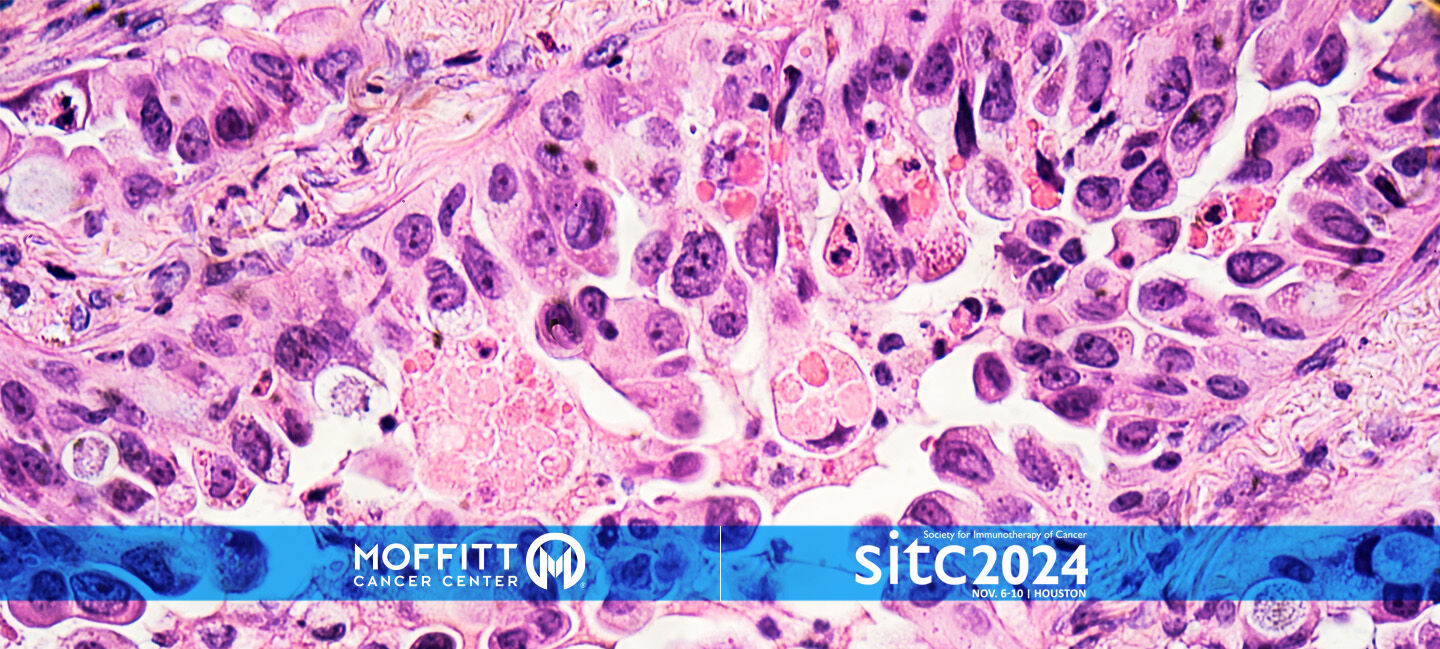New Immunotherapy Strategy Shows Promise in Lung Cancer Treatment
Researchers at Moffitt Cancer Center are exploring a new way to treat lung adenocarcinoma, a common type of lung cancer, by improving how the immune system targets cancer cells. Their strategy centers on enhancing a process called antigen presentation, where cells display protein fragments, called antigens, on their surface to signal the immune system to respond.
There are two main antigen presentation types: MHC-I and MHC-II molecules. MHC-I antigens are well-studied and are recognized by CD8+ T cells, a type of immune cell that is known to attack cancer cells. On the other hand, MHC-II antigens, which communicate with a different immune cell called CD4+ T cells, are less understood in cancer research.
Most immunotherapies rely on cancer cells to naturally present antigens, but this can be ineffective. Cancer cells often undergo immunoediting, a process in which they adapt to evade detection, making it harder for the immune system to recognize and attack them. To address this, Moffitt researchers are developing a way to add custom-made antigens to lung cancer cells, which would serve as a clear flag to alert the immune system.

“MHC-II presentation on CD4+ T cells opens up new possibilities in immunotherapy,” said Alex Jaeger, PhD, presenting author of the study and researcher in Moffitt’s Molecular Oncology Department. “These cells could play critical roles beyond just supporting CD8+ T cells. In fact, CD4+ T cells are showing potential for directly fighting tumors.”
Jaeger and his team created a method to engineer lung cancer cells so they can display specific antigens on MHC-II structures. Typically, cancer cells don’t display many MHC-II antigens, making it difficult for CD4+ T cells to detect them. By engineering cancer cells to present these specific antigens, the team aims to improve the immune system’s ability to recognize and target tumors. “This is like giving the immune system a clearer map of where the cancer is," Jaeger explained. "Our approach allows greater control over when and where the immune response is triggered.”
The researchers used a unique mouse model to study lung cancer that incorporates a marker on MHC-II molecules, allowing them to isolate and study the antigens presented by lung cancer cells. They discovered that lung cancer cells can display a wide variety of antigens, including proteins from outside the cell, which means they are sampling and presenting external materials in the tumor’s environment.
This opens up the possibility of introducing designed antigens to these cells through engineered molecules like antibodies and nanoparticles, which would allow doctors to control the immune response against cancer cells more precisely.
LIVE from #SITC24: Alex Jaeger, PhD (@ajaeger40) joins Greg Sawyer, PhD (@ProfGregSawyer) to discuss the engineering immune oncology workshop and the research his lab is doing for lung cancer treatment. #MoffittSITC24
— Moffitt Cancer Center (@MoffittNews) November 7, 2024
Learn more ➡️ https://t.co/7rM3Stt152@sitcancer pic.twitter.com/ORfD2Fnm4u
This approach could lead to a new kind of immunotherapy where treatments are customized by programming cancer cells to display antigens that attract a strong immune response. This idea could extend to other types of cancer and even other diseases, potentially opening new doors for future cancer therapies.
Though clinical trials are still a way off, the team plans to further investigate the safety and effectiveness of these treatments in animal models, with the hope that one day this work will translate to a clinical setting, providing a powerful new tool against cancer. “There’s a long journey ahead, but the rapid advances in immunotherapy give us hope that we’re moving in the right direction,” Jaeger added.
This study was generously supported by the Damon Runyon Cancer Research Foundation and the William Raveis Charitable Fund




